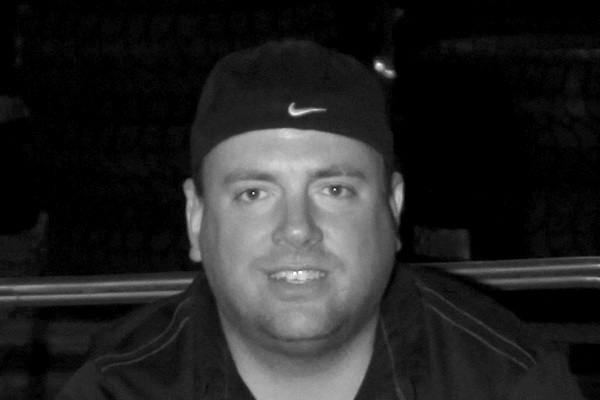
 Pete Trasborg
Brand Manager, Jp
Pete Trasborg
Brand Manager, Jp
You might not realize it, but quite a few of the things that eventually become tech articles in these pages start with bench racing sessions with our friends. Normally we try to stay away from custom machining and new parts when we are trying this stuff out and just assemble it with junkyard parts to try to test the theory before we print it. In this case, we had heard from several sources that by taking a combination of 3⁄4-ton Ford, 1⁄2-ton Ford or Chevy, and 1⁄2-ton Dodge parts, it was possible to put together a dual-piston-caliper big-brake upgrade on the cheap.

We had some of the parts on the shelf, but not enough to pull it off. Then, we were on the phone with Bob Levenhagen, the owner and founder of T&T Customs, and he told us that not only was it possible, but that he’d done it. Levenhagen said we would need to do some machining and maybe some grinding, but that it would definitely work. We then spent a few days with our parts store contacts to do some number crunching to figure out the exact years we wanted to try to mix-and-match from. Once we had our outline, we then put our money where our keyboards were and contacted Rock Auto and Randy’s Ring and Pinion for the parts we didn’t have. We proved Levenhagen right, with some small modifications.
This setup will work on earlier open-knuckle front Dana 30 and Dana 44 axles. We went with a 5-on-5½ bolt pattern because those were the parts we had. If you wanted to go to a 6-on-5½ or a 8-on-6½ pattern, you could either redrill the Dodge ½-ton rotors or use stock Ford ¾-ton rotors. Unfortunately, like all the other big-brake kits, this one requires large-diameter wheels. We already had 17s, so it was a slam dunk for us to go this route.
In the end, we were able to prove you can put together a huge brake system with dual-piston calipers and nearly 13-inch rotors for massive stopping power. If you can use all junkyard parts, it’ll cost less than $300. Or, if your junkyards suck, you can still get it done for less than the price of many aftermarket kits out there using all new parts.
Show Me the Money!
Here are three different ways to get big brakes on your axle. The ultra-low-buck pull-it-yourself junkyard way, the way we ended up doing it, and the all-new-parts mail-order way. If we were to buy all the parts shown in the photos new for this conversion, the right-hand column shows what it would cost.
 PhotosView Slideshow
PhotosView Slideshow








